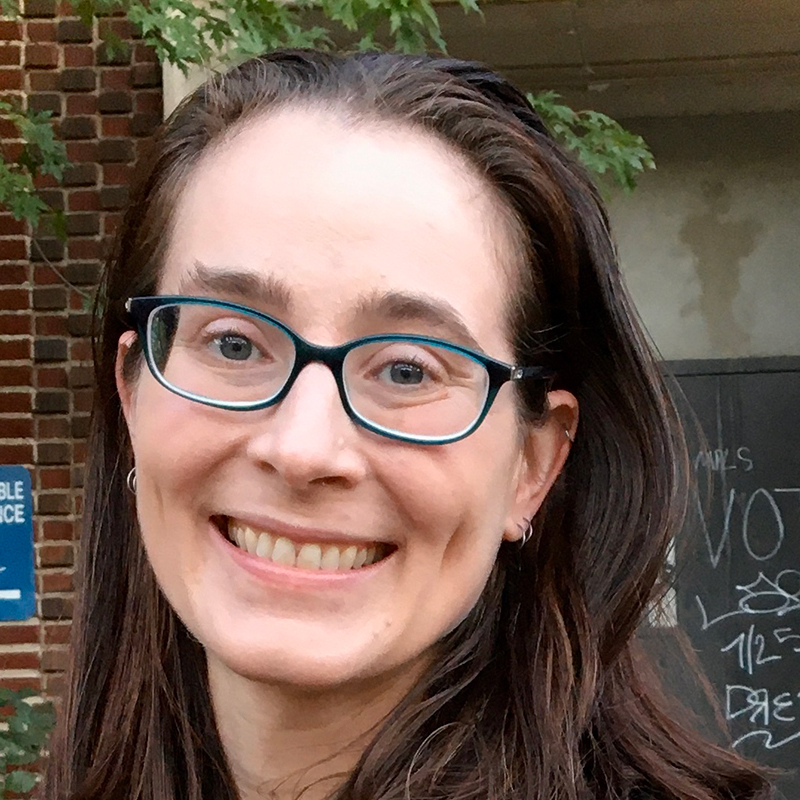We examine disparities in police stops, searches, and arrests of Native Americans in Minneapolis, a major metropolitan area with a substantial Native American population. During the study period, we find that 1.42% of women in Minneapolis report their race as American Indian or Alaska Native, but the Minneapolis police report that 6.43% of police stops of women taking place in Minneapolis (including vehicle stops and non-vehicle stops) are Native American. Native American men comprise 1.51% of the male population and 3.29% of police stops of men. After they were stopped, 28% of Native American women were searched and 20% were arrested, over twice as often as women of any other race. The disparities in police interactions of Native American women are driven by stops for “suspicious person.” Native American women comprise 24% of all women stopped for being a “suspicious person” but only 2% of women stopped for traffic violations. Place plays an important role in this disparity; the disproportionate stops of Native American women are geographically concentrated in areas with high Native American residents and that are associated with sex work. Stops of Native American men, black women, and Latina women were not as concentrated.
Police Stops and Searches of Indigenous People in Minneapolis: The Roles of Race, Place, and Gender – 2019 Update






